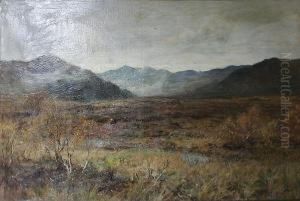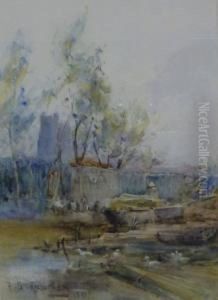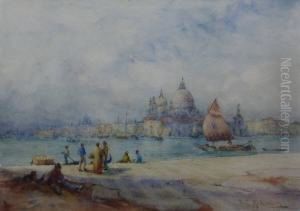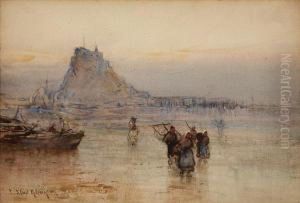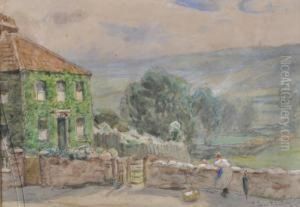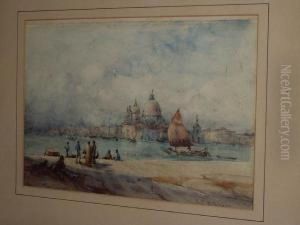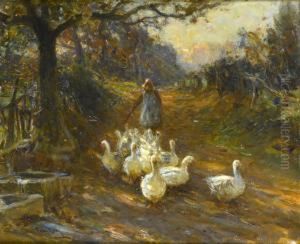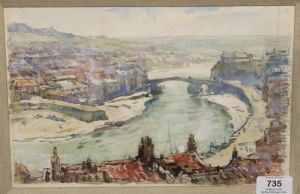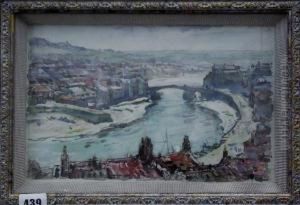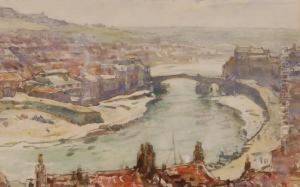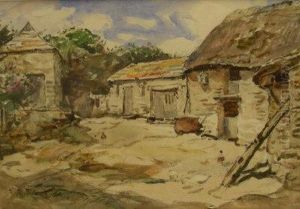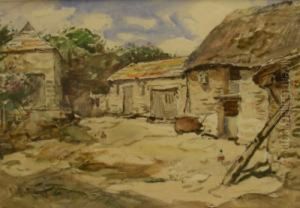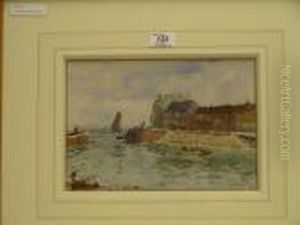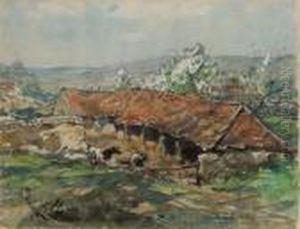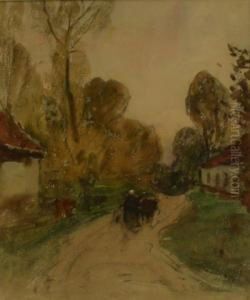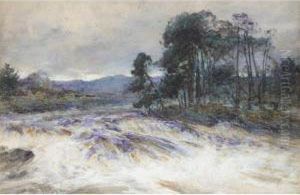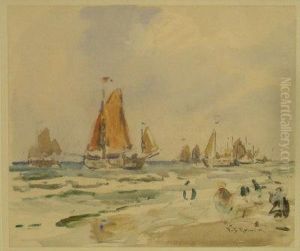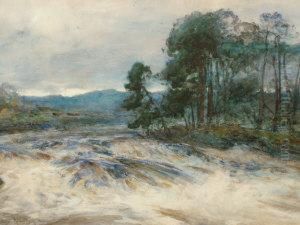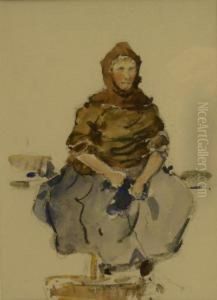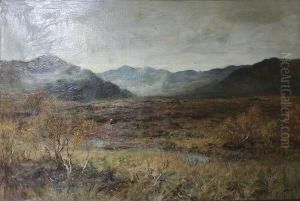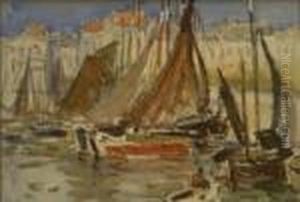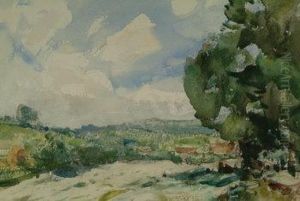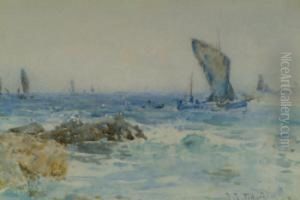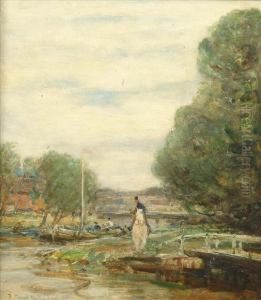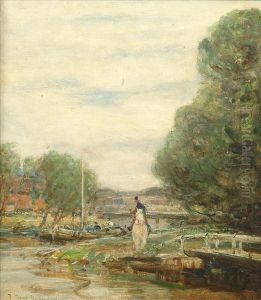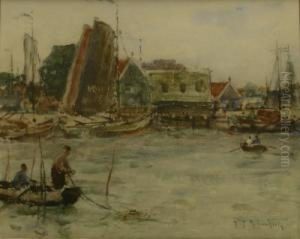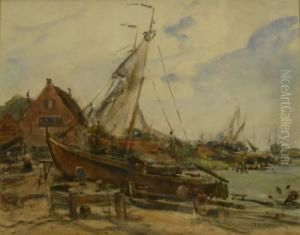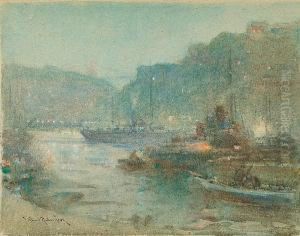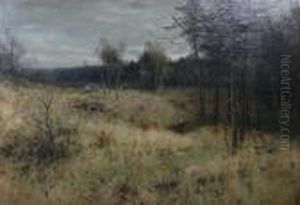Frederick Stuart Richardson Paintings
Frederick Stuart Richardson was an American artist, best known for his work as an illustrator and painter in the early 20th century. Born in 1882, Richardson's early life is not extensively documented, but it is known that he developed an interest in art at a young age. He pursued his passion for art by studying at various institutions, including the School of the Art Institute of Chicago, which was known for nurturing the talents of many prominent artists of the time.
Richardson's career began to gain prominence in the 1910s and 1920s, when he became known for his distinct style of illustration. His works often featured in magazines, children's books, and advertisements, reflecting the aesthetic trends and cultural sentiments of the period. He was part of the Golden Age of American Illustration, a period when illustrators were highly respected for their contributions to visual culture and the publishing industry.
Richardson's illustrations were characterized by their vibrant colors, attention to detail, and often whimsical or romantic themes. He had the ability to capture the essence of a story through his images, making them come alive for readers. His work was not only popular among the general public but also garnered respect from his peers and critics for its artistic merit.
Despite his success as an illustrator, Richardson also explored other art forms, including painting. His paintings, like his illustrations, were marked by a keen observation of his subjects, whether they were landscapes, portraits, or genre scenes. He exhibited his work at various galleries and earned accolades for his artistic achievements.
Over the years, Richardson's work has been included in numerous exhibitions and collections, contributing to his reputation as a significant American artist of the early 20th century. Unfortunately, his life was cut short when he passed away in 1937. Despite his relatively brief career, Frederick Stuart Richardson left a lasting impact on the world of art, and his illustrations continue to be appreciated for their charm, skill, and historical value.
